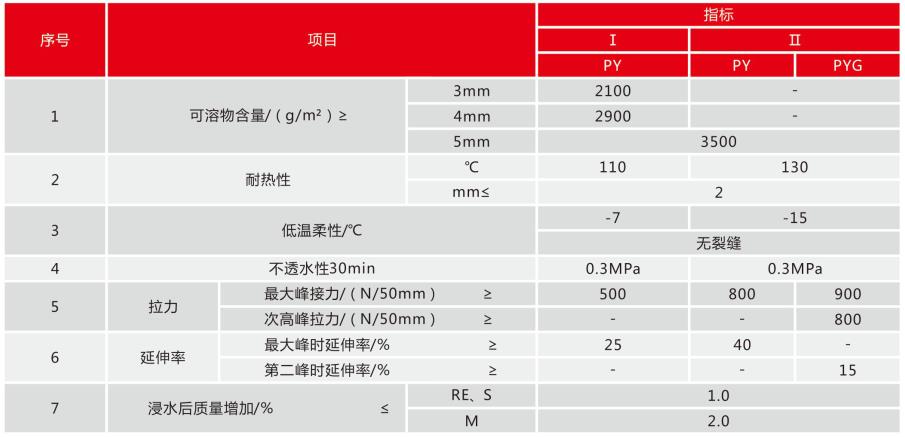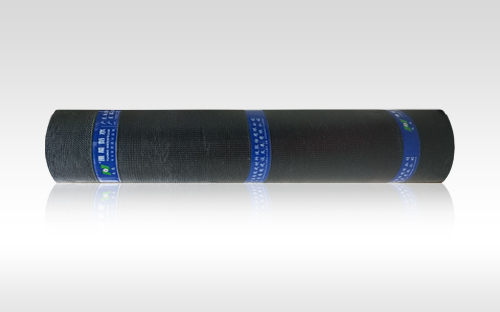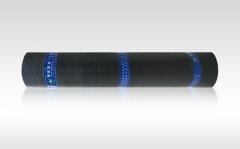YN-B708 APP Plastomer (Polymer) Modified Asphalt Waterproof Membrane
Product Introduction
YN-B708 APP Plastomer (Polymer) Modified Asphalt Waterproof Membrane is a waterproof membrane made with polyester felt, glassfiber felt, or glassfiber-reinforced polyester felt as the reinforcement layer, with atactic polypropylene (APP) or polyolefin polymers (such as APAO, APO, etc.) serving as modifiers for petroleum asphalt. It is covered on both sides with polyethylene film (PE), fine sand (S), or mineral aggregate (M) as isolating materials.
This membrane is installed using the hot-melt method, and it can also be self-adhesive if it comes with a self-adhesive layer.
Product Introduction
- It possesses both excellent waterproofing performance and high temperature resistance.
- The waterproof layer is strong, tear-resistant, and puncture-resistant.
- It is resistant to ultraviolet radiation, durable, and has a long lifespan.
- It can be bonded using either the hot-melt method or the cold-adhesion method.
Scope of Application
It is suitable for waterproofing projects in industrial and civil buildings, such as roofs, basements, bridges, railways, and municipal civil air defense.

Construction Elements for SBS and APP Waterproof Membranes

Construction Method
I. Construction Tools:
Generally, the following tools should be available: gasoline torches or hot-melt spray guns, dust blowers, brooms, mixing buckets, roller brushes or棕brushes, scrapers, scissors, steel tape measures, etc.
II. Base Layer Preparation:
-
Before laying the waterproof membrane, the base layer must be strictly inspected. The base surface must be solid and flat, without bulges, concave-convex areas, or sanding issues. Rough surfaces must be leveled.
-
The base layer should be dry, with a moisture content of no more than 9% before construction can begin. If there is no equipment to measure moisture content, a one-square-meter piece of waterproof membrane or glass can be placed on the base surface for 3-5 hours. If no water droplets are observed underneath, construction can proceed.
-
Before construction, the protruding cement mortar residue, dust, and debris on the base layer should be carefully removed and cleaned.
-
For complex areas, internal and external corners should be shaped into arcs. Additional layers should be added for special areas such as pipeline roots and drainage outlets. The construction should be carried out carefully and meticulously.
III. Laying and Bonding of Waterproof Membrane:
Position the waterproof membrane and then bond it using either the cold adhesion method or the hot-melt method. The hot-melt method provides better bonding results, which can reduce costs and prevent future hollow bulges in the waterproof interlayer. Leave a 10cm-wide seam overlap, ignite the torch, and evenly heat the membrane. Once the surface of the membrane melts, immediately lay it forward. Be careful not to roll in air or foreign objects during rolling and ensure that it is pressed firmly and flattened. Before the membrane cools, use a trowel to seal the edges. Then, seal the edges and complex areas to prevent peeling.
Specification and Model
Width: 1m
Thickness: 3.0mm, 4.0mm, 5.0mm
Length: 10m, 7.5m
Technical Specifications
Execution Standard: GB 18243-2008



